With the unstoppable emergence of Chinese brands in international markets, the truth is that we have already normalized names such as Huawei, Xiaomi, ZTE, OnePlus, Vivo, Meizu, or Oppo, as well as a long list of firms that have amply demonstrated their great capacity to build the best quality smartphones at meager prices. Manufacturers among which the spin-off brands Honor, realme, and Redmi stand out in recent times, which have come to stand out by taking advantage of the potential of their matrices.
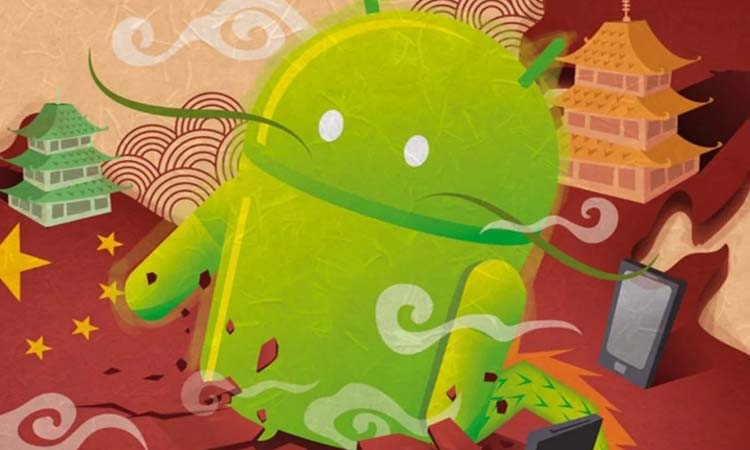
Little by little, that sanbenito de china that was applied to any smartphone from the Asian giant country has been lost. There was a time that we understood as “copy” or “low quality” terminal certainly without any reason. In fact, nothing is further from the truth because time itself has shown us that it was not like that and that Chinese mobiles can compete perfectly in the Android market worldwide.
Always swimming like a fish in water when creating the best quality smartphones at highly compensated prices, the truth is that many of these manufacturers are already industry giants after a more than expected international landing from Xiaomi or Oppo, which They already fully accompany Huawei even with a network of stores where Xiaomi sells almost everything officially and with a Spanish guarantee.
In any case, obviously, we are not now going to open Pandora’s box to compare strategies and health of all the existing Chinese manufacturers because there are too many. Still, we want to answer that question that many are asking now that Huawei has serious problems after the Trumpazo and the veto to American technology… Is Huawei more reliable, or can we buy a Xiaomi without fear of being wrong?
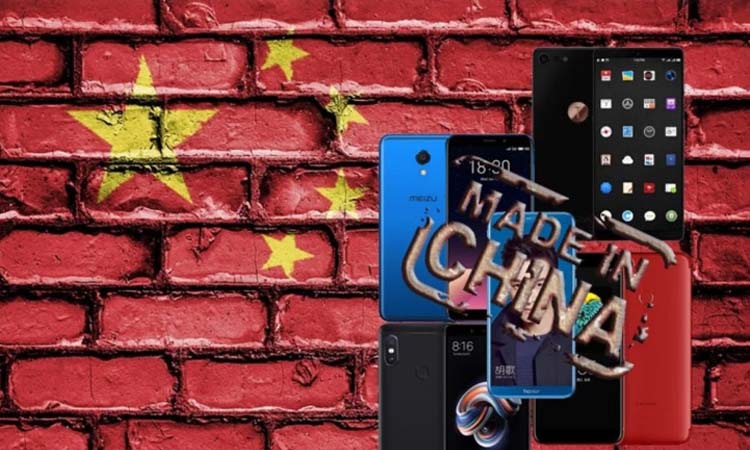
What Huawei has in favor …
Well, surely the best thing about Huawei is its enormous global presence, its potential, and above all, the credibility provided by its extensive experience manufacturing smartphones that are not only compensated but also top of the range of the best quality.
Not surprisingly, the Shenzhen giant has long been pursuing the world number one that Samsung has for several years, a goal they wanted to achieve in this 2021 course, but that will surely have to delay while the waters calm after the problems with the Government Trump.
In any case, Huawei even surpassed Apple in several quarters and is still on the podium despite an ostensible drop in sales outside of China, and seeing these premises; it is legitimate for many of you to wonder how we dare to compare it with another Chinese manufacturer, no matter how much it is called. Xiaomi and have so much media pull.
The comparison is necessary because Xiaomi also seeks to become the Chinese Apple and has landed in Spain, hitting hard, as well as in other markets, also helped by a much better-oiled media machine and that the giant led by Lei Jun dominates a thousand wonders.
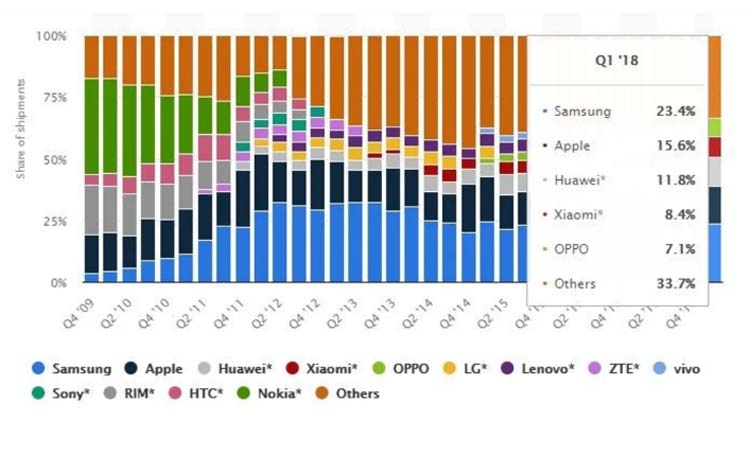
But let’s not anticipate it because it remains to highlight Huawei’s much larger infrastructure, its manufacturing capacity, and the guys’ taste at Ren Zhengfei for using components of their own manufacture such as HiSilicon Kirin chipsets, which ensure their independence and better integration of the hardware.
This detail seems essential, even more so now that the US administration has questioned its access to US technology without resolution, at least for the moment, and with Huawei doubting the future even if all sanctions are lifted.
At least, Huawei hosts the data of its European users on local servers to comply with the legislation and manufactures phones at the level of the best, also counting on the aforementioned spin-off firm, Honor, which only sells from the Internet, allowing it to reduce costs but maintaining the Hardware platforms and Huawei’s high-end expertise.
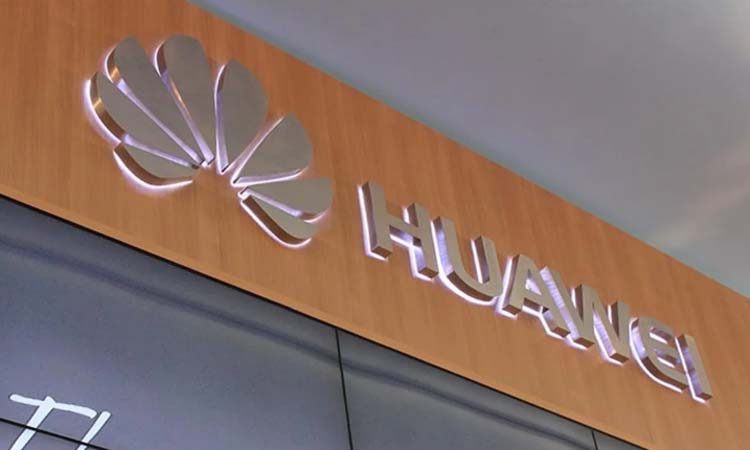
Huawei’s technical service is local, and the agreements with the operators ensure maximum compatibility with our networks and preferential access to telephones thanks to subsidies, offers, or financing, something in which Xiaomi still needs to improve.
Surely the worst part of Huawei’s service is in the software since using its own processors limits the developers of the Android community. However, Huawei is certainly much faster when it comes to releasing the source codes of its kernels. Furthermore, its customizations are often very intrusive, and there is no Huawei Android One option with the purest Android experience.
In addition, the lack of Google services has weighed them down a lot with a Mate 30 range that has not even reached more than a dropout outside of China, losing sales and, above all, making the user doubt whether it is best to buy a Huawei mobile or leave. But what does Xiaomi offer us? Let’s go check it out!
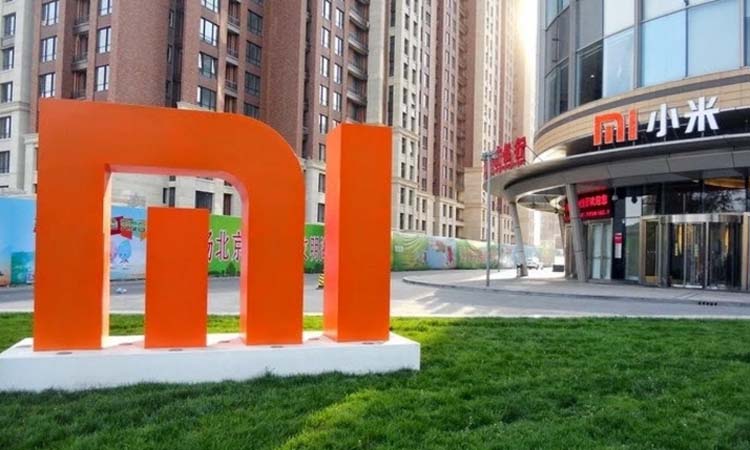
… And what is in favor of Xiaomi
Always living on the crest of the wave, the almost nine years of Xiaomi are counted by successes that the manufacturer has wanted to celebrate with its fans after being presented on the Hong Kong stock exchange as the largest issue of a technology manufacturer in the last five years Worldwide.
The truth is that Xiaomi only needed to make the international leap that it has hit since its market and that of the emerging Asian countries already dominated them perfectly, especially in the middle ranges with terminals highly compensated in price and performance that few can match. … His motto “don’t be greedy ” is already famous globally.
In its favor, there is greater freedom, or less constraint, when designing and innovating with new smartphones; in fact, in its large catalog, we will find options for all tastes, in different sizes, with different types of screens, different platforms of hardware with chipsets from different manufacturers, and so on. And always at very contained prices.
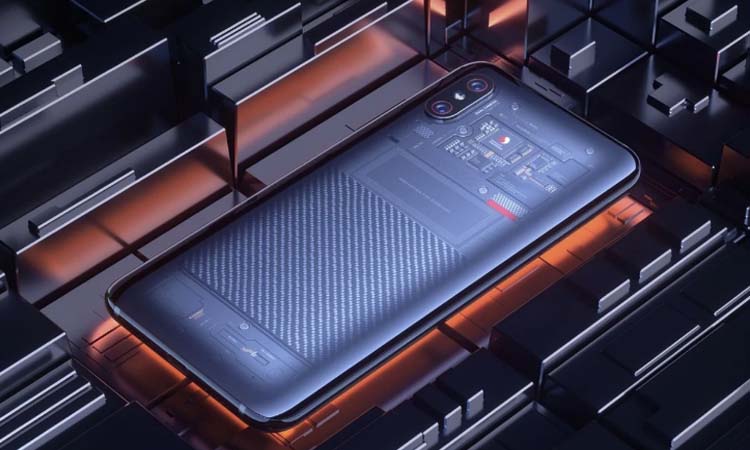
Its arrival in Spain has been in line with Xiaomi’s habit of living fast, with a lot of official stores that assure the user local support and a closer service, something that to date had not even prevented users from importing terminals to the risk of having to send them back to China due to manufacturing faults.
From Xiaomi, you can always expect competitiveness in all ranges, with prices surely more attractive than its competition with equal benefits. However, obviously, we cannot expect miracles, and no one will give us a Xiaomi Mi MIX Alpha.
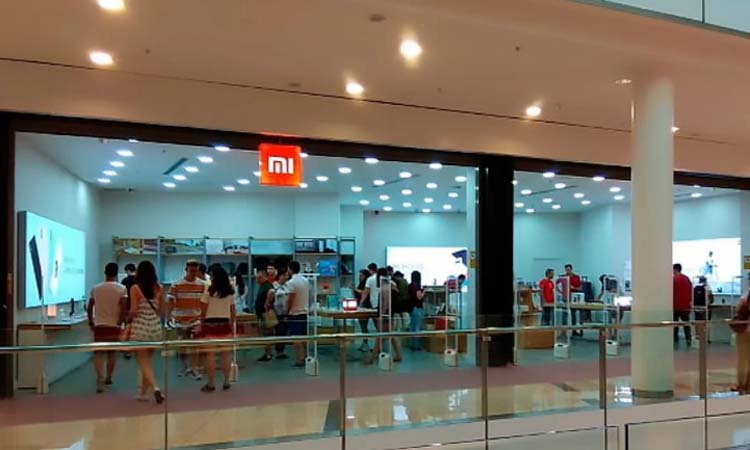
It also has a specific brand to play with, Black Shark, as well as two other spin-off firms to reach everyone; On one hand, Redmi will launch mobiles with all the potential of Xiaomi but at more contained prices, with Poco looking for a flagship killer with a much lower price.
Not only that, and Xiaomi has a large community of fully dedicated users and developers always willing to improve the software, especially on devices with Qualcomm hardware that facilitate the task.
MIUI is also one of the most acclaimed Android customizations, almost a fork with an experience more similar to iOS but that many like. The manufacturer also has a family with the Pure Google Android option, such as the Xiaomi Mi A3.
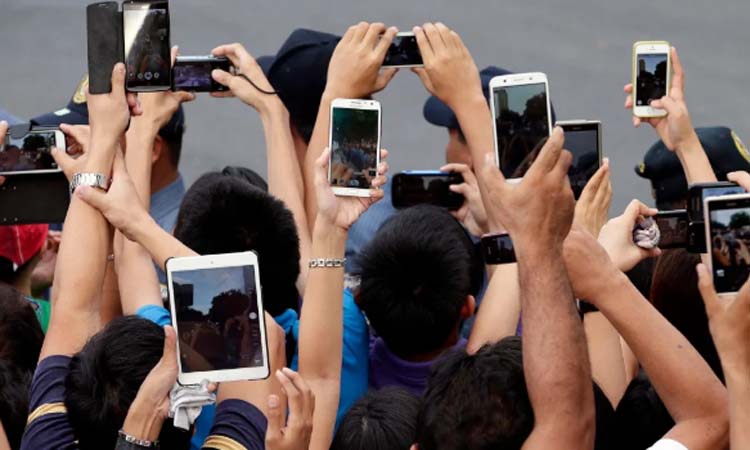
There is no clear winner; there is no better manufacturer than another …
As you would expect in advance, there is no clear winner in this debate, and each one will have their opinion based on their experiences. In fact, there are needs and budgets, and each user adapts to them to acquire the smartphone that best suits them.
If we talk about Huawei and Xiaomi, surely in both cases we are talking about terminals with a good construction and performance invoice, and prices appropriate to what is offered, always located among the most competitive of each range in the market.
Security and privacy are defined not only by the manufacturer but also by Android and Google itself. In that case, the only difference is Huawei local servers, something not negligible. In addition, the guarantees when officially selling in Spain and Latin America are the same for both manufacturers. The laws of each country mark them unless obviously, we choose to import the device to save a few euros, which is sometimes harmful.
What we are clear about is that buying a Chinese smartphone is no longer a taboo subject, and in fact, Chinese phones hold 8 of the top 10 positions in terms of power on the Android platform. Even the beta versions of Android have made more sense to Chinese mobiles, such as Android P, entering the compatibility lists through the front door and alongside Google mobiles.
And you, if you had to choose between Huawei and Xiaomi … which one would you choose? What experiences do you have with Chinese manufacturers and their service?
In Andro4all | The day the Chinese high-end killed the traditional mid-range direct to competition like Xiaomi …

Sharlene Meriel is an avid gamer with a knack for technology. He has been writing about the latest technologies for the past 5 years. His contribution in technology journalism has been noteworthy. He is also a day trader with interest in the Forex market.













